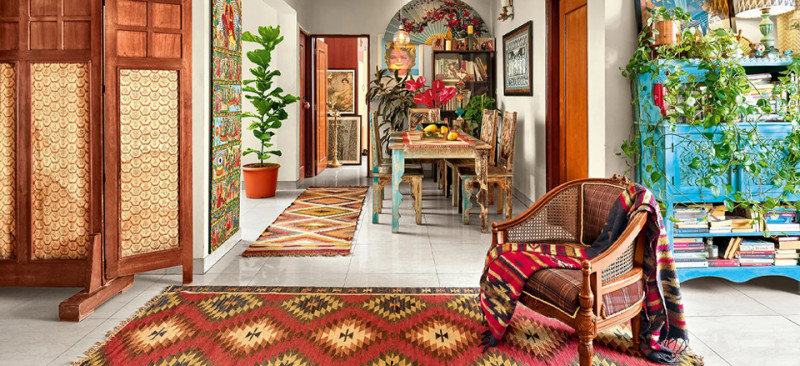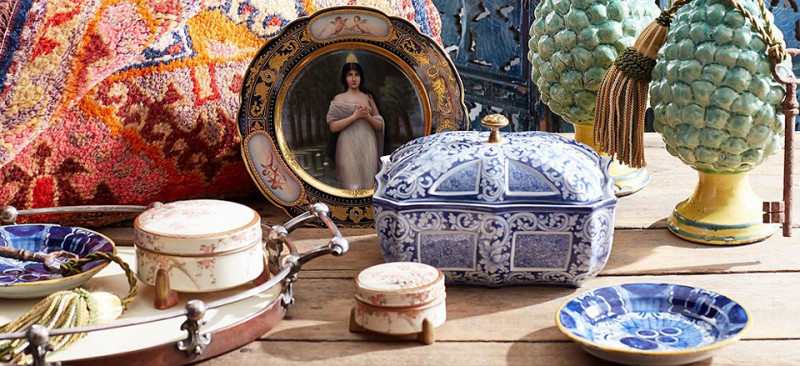Why Vintage is the Sustainable Choice: Shop Antiques to Save the Planet
More individuals are looking to vintage and antique objects as a means of making ecologically conscious decisions in a society becoming more preoccupied with sustainability. From cutting waste to maintaining workmanship, antiques are far more than just relics; they are part of a solution to save our earth.
This essay will go over why vintage is the sustainable option and how easy but effective shopping for antiques is to lower your carbon footprint and add distinctive character into your house.
1. Cutting Waste: Giving Old Objects New Purpose
Reducing, reusing, and recycling are among the key ideas of sustainability; buying for antiques addresses all three of these areas. Often mass-produced, modern furniture and decor have limited lifetime and wind up in landfills in a few years.
Choosing vintage and antique objects:
You prolong the lifetime of current resources rather than contributing to waste by maintaining items already in use.
You avoid supporting mass production: Large-scale manufacturing used in fast furniture and decoration sectors causes pollution and deforestation.
Example of impact: The Environmental Protection Agency (EPA) estimates that the United States alone generates approximately 12 million tons of furniture thrown away annually. Antiques assist to lower this very high count.
2. Reduced Carbon Footprint: No New Manufacturing Called for
Modern manufacturing of furniture, decor, and clothing notably calls for large resources. The procedure consists in:
raw material mining—wood, metals, textiles).
Using water and energy throughout manufacturing.
Globally shipping goods adds transportation emissions.
On the other hand, antiques already exist. Choosing vintage will help you:
Steer clear of the pollution connected to recent production.
Encourage a “circular economy” in which current products are recycled and reworked.
You Know? Local transportation of an antique object generates significantly less emissions than imported new goods from abroad.
3. Antiques Designed for Durability
Unlike many contemporary works that give money more importance than quality, antiques were created with great talent and strong materials. Made to last for generations were items including hand-sewn fabrics, metal décor, and solid wood furniture.
Buying antique or vintage items:
Invest in longevity: Antiques save you money and resources over time since they do not fade readily.
Unlike the mass-produced designs of today, each item preserves workmanship and conveys a tale of talented artists.
Fun Fact: A handmade cabinet from the 19th century or an 18th-century mahogany table will readily outlast contemporary flat-pack furniture.
4. Original Style with Less Impact: While mass-produced goods lack originality, antiques provide your room special character. When decorating using vintage items:
You design an original house: Antiques bring personal touch, history, and beauty.
You follow classic styles: Vintage designs never go out of vogue; examples of mid-century modern or Victorian-era furniture never fade.
Choosing antiques allows you to deliberately, environmentally responsible statement with your décor rather than merely follow trends.
5. Backing Local Companies and Communities
Purchasing antiques typically means helping neighborhood antique stores, flea markets, and used goods vendors. This not only helps the nearby economy but also lowers the long-distance shipping’s environmental expenses.
Purchase locally:
You enable the growth of small enterprises.
You inspire in your neighborhood environmentally friendly consumer behavior.
Local antique markets also frequently repair or renovate older objects, giving them another opportunity at life free from compromise of their worth or beauty.
6. Antiques Tell a Story—Sustainably Every antique object has a story.
the hand-carved oak chest formerly housing family treasures.
The set of porcelain tea for special events.
The worn leather-bound books lining the shelves of a scholar’s study.
Buying these goods helps to create a sustainable future in addition to honoring their past. Antiques remind us of the worth of workmanship, history, and attentiveness in a society full of throwaway items.
Why Should One Choose Vintage? Main Advantues Less landfill trash and more utilization of current resources help to define waste reduction.
Reduced Carbon Footprint: Antiques are created using no more energy or materials.
Longevity: Excellent workmanship guarantees centuries of use from your purchase.
Antiques give your room individual style and ageless elegance.
Shopping vintage helps small businesses and neighborhoods.
Choosing antiques will help you to be environmentally conscious and add timeless, beautiful objects to your life.
How to begin environmentally friendly shopping?
Visit neighborhood antique stores to help local vendors and discover unusual treasures.
Shop online for vintage items. Many internet sites focus on antiques with little effect on the surroundings.
Seek quality. Emphasize items composed of sturdy materials such as metal, glass, or solid wood.
Give outdated objects a second life by restoring or reusing them in refurbish and upcycle terms.
In essence, make Vintage Your Sustainable Choice.
Antique shopping is about sustainability rather than only style. Choosing vintage versus mass-produced modern products helps you to lower waste, preserve resources, and help to create a cleaner earth.
Bringing an antique into your house gives it fresh life, preserves its legacy, and benefits the surroundings.
Our selection of carefully chosen timeless antiques at [Your Online Shop Name] combines eco-friendliness, beauty, and quality. Discover our collection right now and help us to make vintage the sustainable decision!
Action Call to Attend:
Ready to hunt unusual gems and purchase sustainably? Visit Antiquesvibe.com to peruse our newest assortment of antiques and vintage décor.








Add comment
You must be logged in to post a comment.